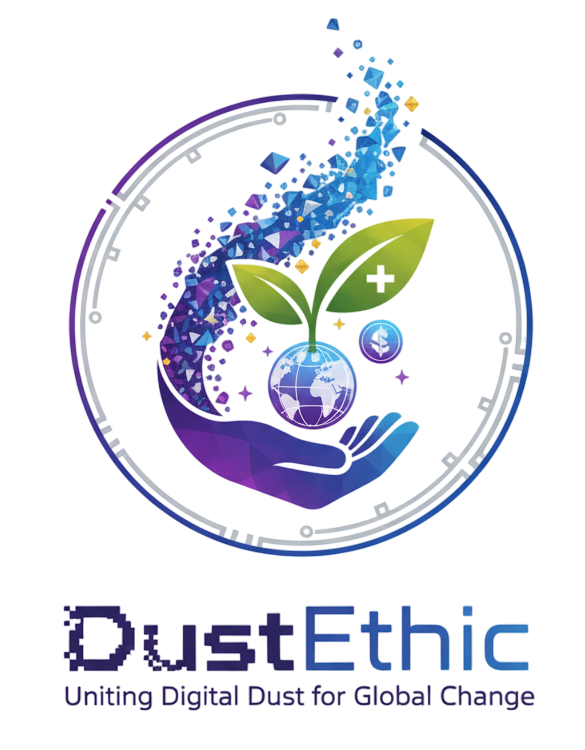DustEthic – Technical overview
Fees/commission are shown as a % of the crypto being donated.
Formula:NGO net = Gross amount - gas - network fees - commission
Networks (v0.1 — L2-first)
-
-
- Priority EVM L2: Optimism, Arbitrum, Base (low fees, fast finality)
- Ethereum L1: optional when relevant (higher fees)
- Polygon PoS: possible if the relayer handles POL gas
-
Accepted assets (v1)
-
-
- ETH, USDC, USDT
- By default, we reject illiquid / taxed / honeypot / atypical tokens
-
Gas policy v0.1
-
-
- L2-first
- Relayer gas pool pays the native gas token
- Safety net: if needed, a minimal, documented on-chain conversion to acquire the gas token
- Aggregation window: ≤ 3 months, published by the relayer
- Transparency: publish campaign parameters, aggregated costs, and batch IDs/hashes
- See also: Relayers and DustEthic Standard
-
Donation flow
-
- Donation
-
- Smart account (AA) + paymaster → gasless for the donor
- EOA + token with
permit→ approval by signature (no on-chain approve) - EOA + token without
permit→ one on-chain approve may be required
-
- Aggregation
-
- Aggregation smart contract
- Triggers: amount threshold, window 1 – 3 months, gas window
- See: Donors – NGO – Relayers – DustEthic Standard
-
- Grouped payout
- Transparency
-
- Donations, minimal conversions, and final transfer are visible on-chain
-
- Donation
Security & governance
-
-
-
- Non-custodial contracts
- Admin roles under Safe multisig; timelock for critical changes
- Audit before mainnet; bug bounty after launch
-
-
